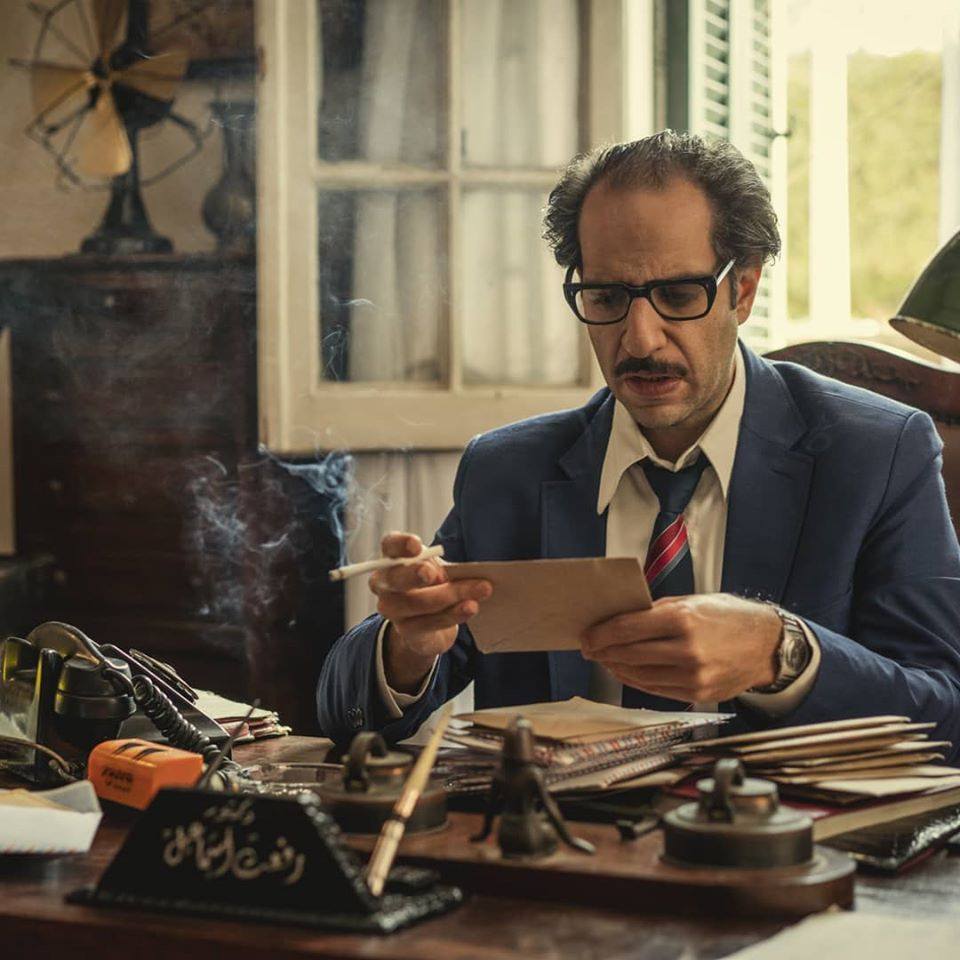
This April, the Irish capital celebrates James Joyce’s story collection “Dubliners” in its annual “Dublin: One city, one book” initiative. Every year, the Dublin Public Libraries celebrate a book related to the city, written by an Irish author, through a number of reading events. Over the past years, selected novels included: Oscar Wilde’s “The Picture of Dorian Gray,” Bram Stoker’s “Dracula,” and “Gulliver’s Travels” by Jonathan Swift.
The works of Joyce, one of the most prominent writers ever, have had an uneasy relationship with Arab culture. Translators could not agree on how to bring his writing into Arabic, although Arabic writers engaged with his work; The late Naguib Mahfouz, for instance, employed some of his techniques in his writings. Still, translating Joyce has been no easy task because of his writing style, and unique literary techniques like the stream of consciousness. One can find a number of different translations of Joyce's text; and in the case of his masterpiece "Ulysses," two attempts at translating the novel were never completed.
“Dubliners” also has its existence in Arabic culture. By a fleeting search on the web, one can find some of the 15 stories in the collection translated by a number of amateurs and professionals. But the collection was only published in book form twice.
The first translation appeared in 1961 and was by Enayat Abdel Aziz, with an introduction by the Egyptian intellectual Morsi Saad Eldin. It was published as part of “The Thousand Books” series, while the other translation was published in 2000 by the Syrian “Dar al-Hewar.” Syrian translator Osama Manzalgy translated the text.
The original “Dubliners,” which was first published in 1914, is one of the prominent books in the short story genre. Like all of Joyce's works, it depends on the rhythm and significance of the language, although “Dubliners” is more accessible than Joyce's later works: “A Portrait of the Artist as a Young Man,” “Ulysses,” and “Finnegan Wake.” His style and word choice makes translations, no matter how great they are, not as pleasurable for readers as the original texts. But, other difficulties that translators of Joyce's work face are due to his use of culturally-specific Irish expressions, and uncommon words; some words even confuse English readers and scholars. The Irish novelist John Boyne admits in his introduction to the 2012 edition of "Dubliners" that he turns back often to dictionary while reading Joyce. Still, Arab translators have made great efforts to bring Joyce's work into the Arabic.
The first Arabic translation of “Dubliners” that came out in the sixties took a simple approach to translation, with the aim of introducing Joyce to Arabic readers, as Saad Eldin writes in his introduction to the stories. Translator Abdel Aziz inexplicably selected twelve out of the fifteen stories to translate in her book. But, the main problem with some of the translations was that they sometimes overlooked details in the original stories.
In the story “An Encounter,” an old man asks two children if they have read Lord Lytton. Mahony, one of the children, doesn’t seem to know much about Lord Lytton, and according to the translator, the narrator child felt afraid that the old man would "think something about that." In the original text, we learn that the child was afraid that the old man would think he is stupid like Mahony.
In the more recent translation of "Dubliners," Manzalgy seems more aware of the difficulty of translating Joyce. He uses references and side notes to explain vague words at the end of every story. Manzalgy often uses the colloquial to parallel Joyce’s colloquial. And while Abdel Aziz chose to be simple, Manzalgy chose to be faithful to the original text, which made his translation a more difficult read than the older Arabic version. Manzalgy also sometimes inserted the Latin and French words Joyce used as is in Latin alphabet like “derepaun seraun” or “Parole d’honneur” and the Irish loaf “barmbracks." Other issues that came up in the translation were mediating the correct meaning. One famous quote from the book, saying "Love between man and man is impossible because there must not be sexual intercourse and friendship between man and woman is impossible because there must be sexual intercourse," was distorted when that first statement turned to “Love between man and woman is impossible because there must not be sexual intercourse…”
Still, “Dubliners” is a classic book, and is apt for retranslations. The more we get to read Joyce, promising experiments at translating his work would emerge.




